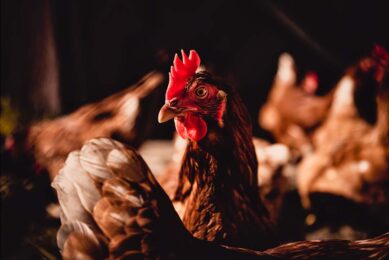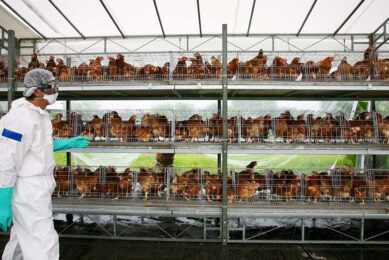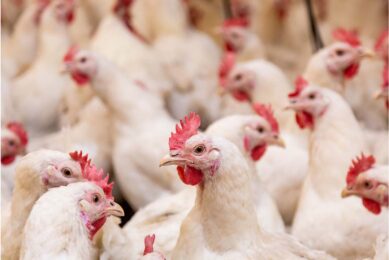Insights and alert for the southern hemisphere

Poultry World discusses the H5 avian influenza outbreak with the USDA’s Dr David E. Swayne, who talks about what makes this virus different and ask for his advice for the poultry sector in the southern hemisphere.
In April, an outbreak of H5 avian influenza in a commercial layer flock in Johannesburg, South Africa, was the first outbreak of avian influenza (H5) on a commercial farm in the country since the outbreak of highly pathogenic avian influenza (H5N8) in 2017. The outbreak had a significant impact on the layer industry and marginally affected the broiler industry.
Poultry World discussed the outbreak with Dr David E. Swayne, laboratory director at the Southeast Poultry Research Laboratory at the US National Poultry Research Center Agricultural Research Service, USDA, who shared with us his expert opinion.
How serious is this outbreak compared to previous avian influenza outbreaks?
The current outbreak strains in Europe and Asia are the H5Nx HPAI viruses that have a genetic origin from the initially identified H5N1 High Pathogenicity Avian Influenza Virus (HPAIV) from the Guangdong province in China in 1996. This virus lineage has spread to many additional countries and changed by drift and shift.
Regenerative farming with innovative Eggmobile concept
On Angus MacIntosh’s farm in South Africa, chickens are housed in Eggmobiles and are moved daily to live off the land. Read more…
There have been changes in the haemagglutinin (HA) protein due to mutations in the gene that have produced diverse HA structures which have necessitated a change in vaccine seed strains and also resulted in changes in the biology of the virus infections in poultry and wild birds. These newest viruses are still highly lethal to poultry but vary in their ability to infect and cause severe disease and death in wild birds.
What makes this outbreak different to the previous one?
This clade of virus has infected migratory waterfowl and spread across multiple countries in Europe and Asia with overflow into domestic poultry, causing outbreaks in backyard and commercial poultry. This is similar to the outbreaks seen in the USA in 2014-2015.
But many previous outbreaks with the 1996 lineage of HPAIV have not always spread by migratory birds.
Advice for the Southern hemisphere
Just before avian influenza was detected in South Africa, Poultry World had asked Dr Swayne what advice he had for the southern hemisphere, specifically South Africa, in preparation for winter. He mentioned increased surveillance of migratory birds and outdoor poultry for early HPAIV detection and the development of mitigation strategies to reduce its introduction into commercial poultry and to limit onward spread.
Join 31,000+ subscribers
Subscribe to our newsletter to stay updated about all the need-to-know content in the poultry sector, three times a week. Beheer
Beheer









 WP Admin
WP Admin  Bewerk bericht
Bewerk bericht